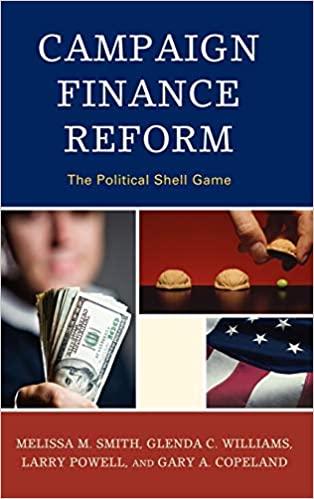Question
1. If you have $150 today and would like to have $300 eight years from now, what annual compounded rateof return do you need to
1. If you have $150 today and would like to have $300 eight years from now, what annual compounded rateof return do you need to earn?
2. A zero coupon bond has a par value of $10,000 and has 8 years to maturity. If the price of the bond is$5000 today, what is its YTM?
3. A corporation is considering a research project that will have initial costs of $2 billion. When the projectis completed in 8 years, it will return a one-time cash flow of $4 billion. What is the IRR of this project?
4. Heres some info on a company:
Number of issuances
Debt 3000Preferred stock 15,000 Equity 90,000 Bonds coupon rate: 0% Current stock price: $45 Market risk premium: 8%Bond par value: $1000 Stock beta: 1.2 Pref. dividend: $8Bond time to maturity: 5 years Preferred stock price: $60 Tax rate: 30%Bond price: 73% of par Risk free rate: 6% What is this companys capital structure weights? What is the WACC?
5. A company with a beta of 1.2 and constant growth in dividends of 5% would like to issue one millionshares of stock at a price of $50. Their investment banking fees and prospectus creation and mailing costswill be $1,000,000. If they recently paid a dividend of $4, what is their cost of issuing new stock?
6. A project costs $200,000 today and returns cash flows of $30,000 each year (end of year) forever. If theWACC is 10%, what is the NPV? 6a. What if the cash inflows only lasted for 15 years? What is the NPV then? 6b. What if the cash flows were constantly growing at 5% forever? What is the NPV then?
7. A project costs $10,000 today and will return cash flows of $200 at the end of each month of the next 10years. If the WACC is 12% annually, what is the NPV?
8. If an investment requires an initial investment of $100,000 and then returns annual inflows of Year 1= $45,000, Year 2 = $30,000, Year 3 = $40,000, and Year 4 = $30,000, what is the NPV if the WACC is 10%? A. $10,279 B. $15,167 C. $15,325 D. $16,245 E. $18,451 F. $21,611
9. If an investment requires an initial investment of $100,000 and then returns annual inflows of Year 1= $45,000, Year 2 = $30,000, Year 3 = $40,000, and Year 4 = $30,000, what is the IRR? A. 8.2% B. 9.4% C. 10.8% D. 14.4% E. 17.7% F 18.4%
Step by Step Solution
There are 3 Steps involved in it
Step: 1

Get Instant Access to Expert-Tailored Solutions
See step-by-step solutions with expert insights and AI powered tools for academic success
Step: 2

Step: 3

Ace Your Homework with AI
Get the answers you need in no time with our AI-driven, step-by-step assistance
Get Started


